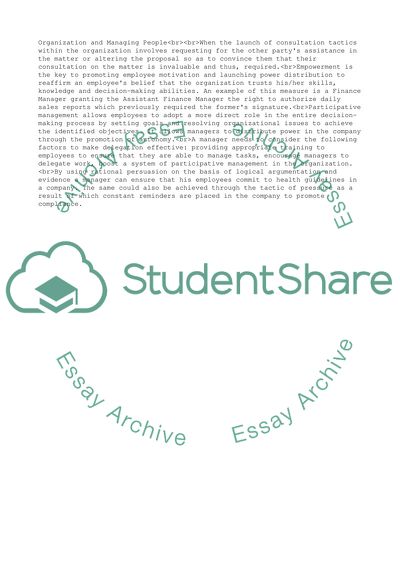Cite this document
(“Organization and Managing People Term Paper Example | Topics and Well Written Essays - 2500 words”, n.d.)
Retrieved from https://studentshare.org/business/1625673-organization-and-managing-people
Retrieved from https://studentshare.org/business/1625673-organization-and-managing-people
(Organization and Managing People Term Paper Example | Topics and Well Written Essays - 2500 Words)
https://studentshare.org/business/1625673-organization-and-managing-people.
https://studentshare.org/business/1625673-organization-and-managing-people.
“Organization and Managing People Term Paper Example | Topics and Well Written Essays - 2500 Words”, n.d. https://studentshare.org/business/1625673-organization-and-managing-people.


